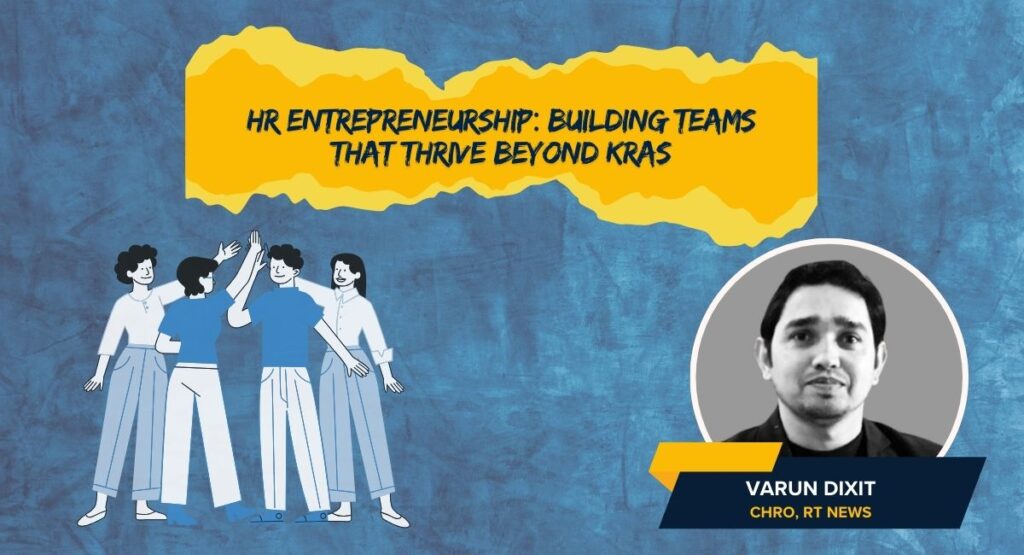Artificial intelligence (AI) is no longer a vision of the future; it’s a powerful force reshaping how we live and work today. As one of the most significant disruptors in the modern labor market, the technology is unlocking new opportunities, redefining productivity, and accelerating innovation across industries.
This sweeping technological shift is especially visible in India, where AI adoption is gaining remarkable momentum. According to the report India’s AI Revolution: A Roadmap to Viksit Bharat, published by the Union Ministry of Electronics and Information Technology, India’s AI-skilled workforce grew 14-fold between 2016 and 2023. This surge places the country among the top five fastest-growing AI talent hubs globally, alongside Singapore, Finland, Ireland, and Canada.
Looking ahead, the demand for AI professionals in India is projected to reach 1 million by 2026—an indicator not only of the country’s expanding talent pool but also of its rising prominence in the global AI ecosystem. This surge reflects not just technological advancement but also India’s strategic vision of positioning itself as a global AI leader, an essential step in its broader goal of becoming a $23–35 trillion economy by 2047.
What’s Driving the Surge in AI Talent in India?
Unlike in the past, AI in India is no longer limited to a select few or monopolized by global tech giants. Today, a broader spectrum of students, startups, and innovators is gaining access to world-class AI infrastructure. This shift has been made possible by forward-looking policies introduced by the Modi government, aimed at democratizing AI development and creating a more inclusive, innovation-driven ecosystem.
AI Compute and Semiconductor Infrastructure
India is swiftly establishing a robust AI computing and semiconductor infrastructure to bolster its expanding digital economy. Following the approval of the IndiaAI Mission in 2024, the government committed ₹10,300 crore over five years to enhance AI capabilities. A central objective of this mission is to create a high-performance common computing facility featuring 18,693 Graphics Processing Units (GPUs), positioning it among the largest AI compute infrastructures in the world. This capacity is nearly nine times greater than that of the open-source AI model DeepSeek and approximately two-thirds of the resources utilized by ChatGPT.
Accelerating AI Talent Through Education and Innovation Hubs
To strengthen its AI talent pipeline and workforce readiness, India is adding one Global Capability Center (GCC) every week, solidifying its position as a preferred hub for global R&D and technological innovation. However, sustaining this momentum will require consistent investment in education and skill development.
Recognizing this need, the government is taking proactive steps by overhauling university curricula to include cutting-edge subjects such as AI, 5G, and semiconductor design. This initiative, aligned with the National Education Policy (NEP) 2020, aims to equip graduates with industry-relevant, job-ready skills—minimizing the gap between education and employment.
Laying the Foundation: India’s Strategic Push for AI Infrastructure
Recognizing the pivotal role of data in AI development, the Modi government has launched the IndiaAI Dataset Platform, aimed at providing seamless access to high-quality, non-personal datasets. Touted to be the largest repository of anonymized data in the country, the platform is designed to empower Indian startups and researchers in building cutting-edge AI applications. By ensuring a rich and diverse data ecosystem, this initiative is expected to significantly enhance the precision and innovation of AI-driven solutions across key sectors.
In parallel, the government is actively supporting the creation of indigenous foundational models, including Large Language Models (LLMs) and domain-specific AI tools tailored to India’s unique challenges. To further accelerate research and development, several Centres of Excellence have been established, positioning India as a hub for AI innovation at both national and global levels.





